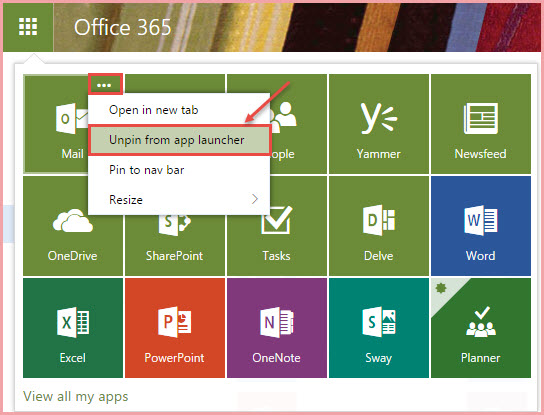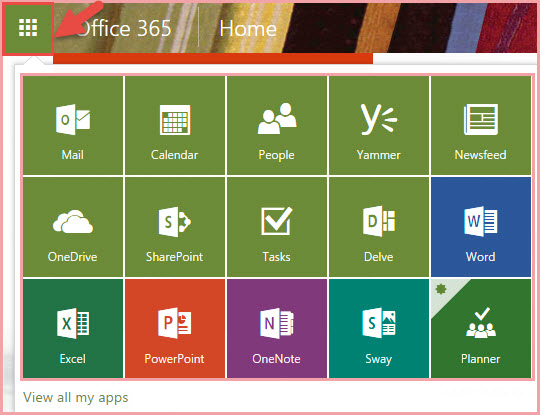
Now, this hasn’t all been released yet, but you can take a glimpse of how the feature is supposed to work in the recording of the BRK2061 session. But given how much time it has taken for Microsoft to develop this basic functionality, we should cherish it.

Pinning applications to the app launcherĪdmins will finally be able to “pin” apps to the app launcher, meaning the app will be displayed on the initial view, without users having to go through the All apps page and manually “pin” it first. Now, we’re finally seeing Microsoft address some of the most common pains. On the other hand, simple feature requests, such as the ability to centrally add an entry to the app launcher on behalf of the end user has been ignored for years. Even the app icons are displayed differently across different M365 endpoints, resulting in a very fragmented experience. The app launcher (waffle menu) has gone over a few iterations but still isn’t universally supported across all apps.

Yet, we’ve seen little to no improvement in the way apps are presented to end users. Over the past few years, the Microsoft 365 ecosystem has rapidly grown in both the number of first-party products and services offered by Microsoft and third-party apps that integrate with Azure AD.


 0 kommentar(er)
0 kommentar(er)
